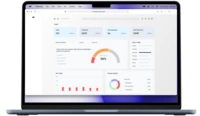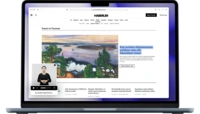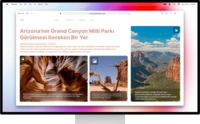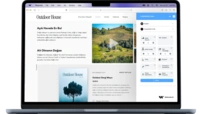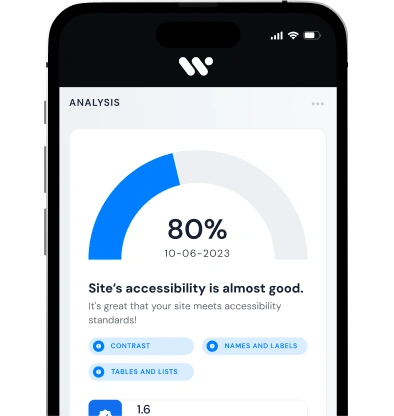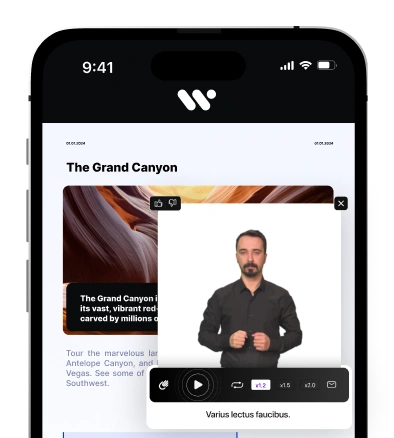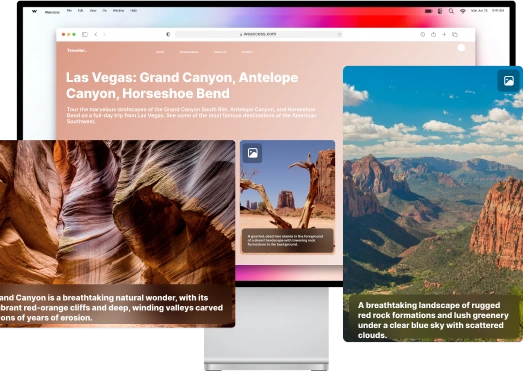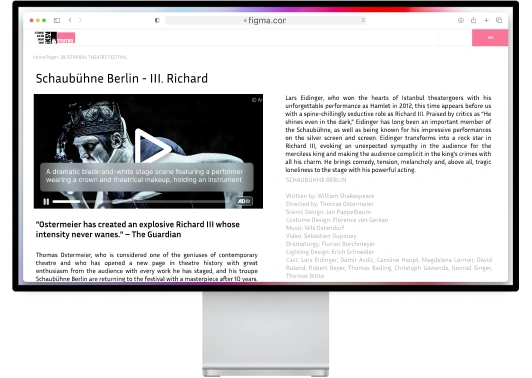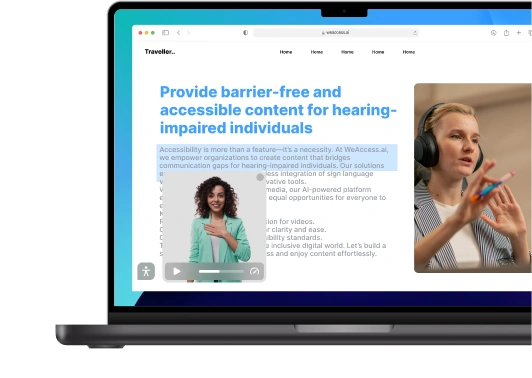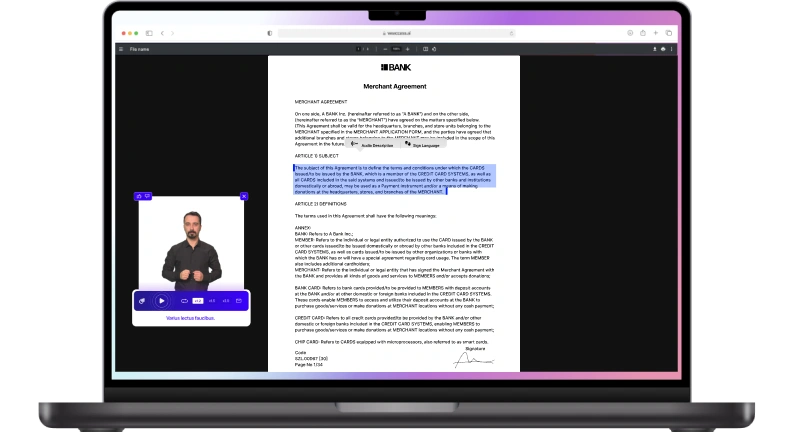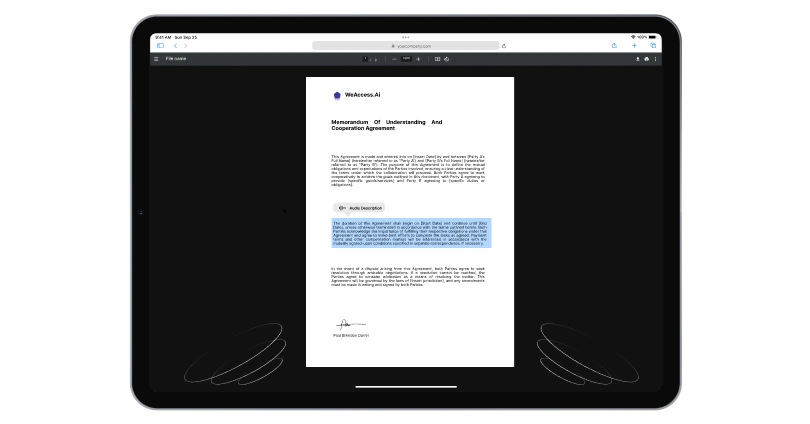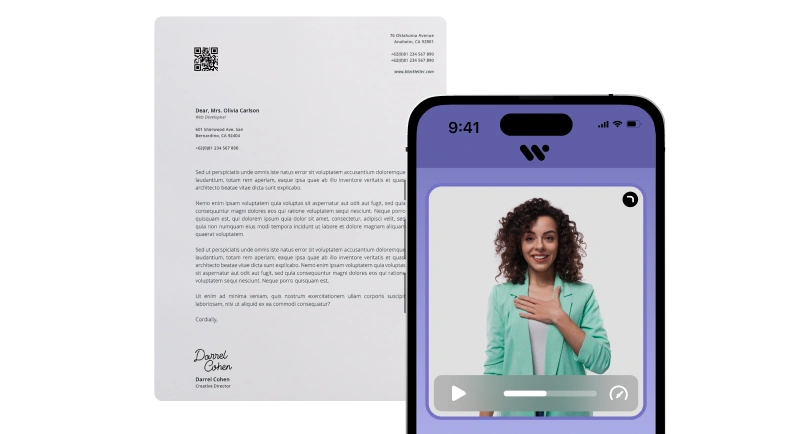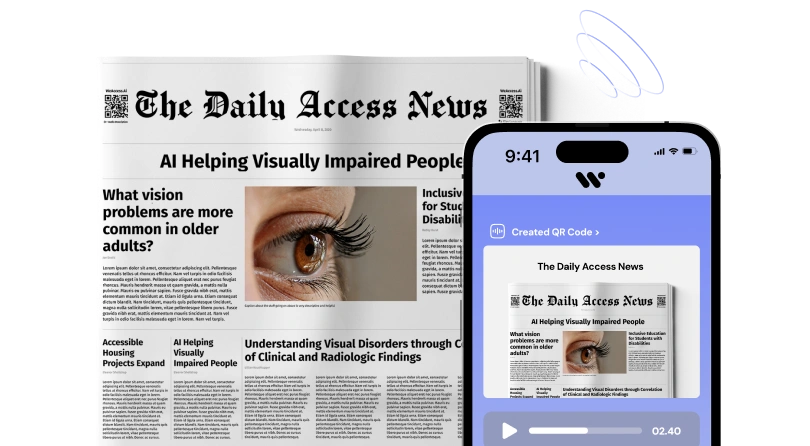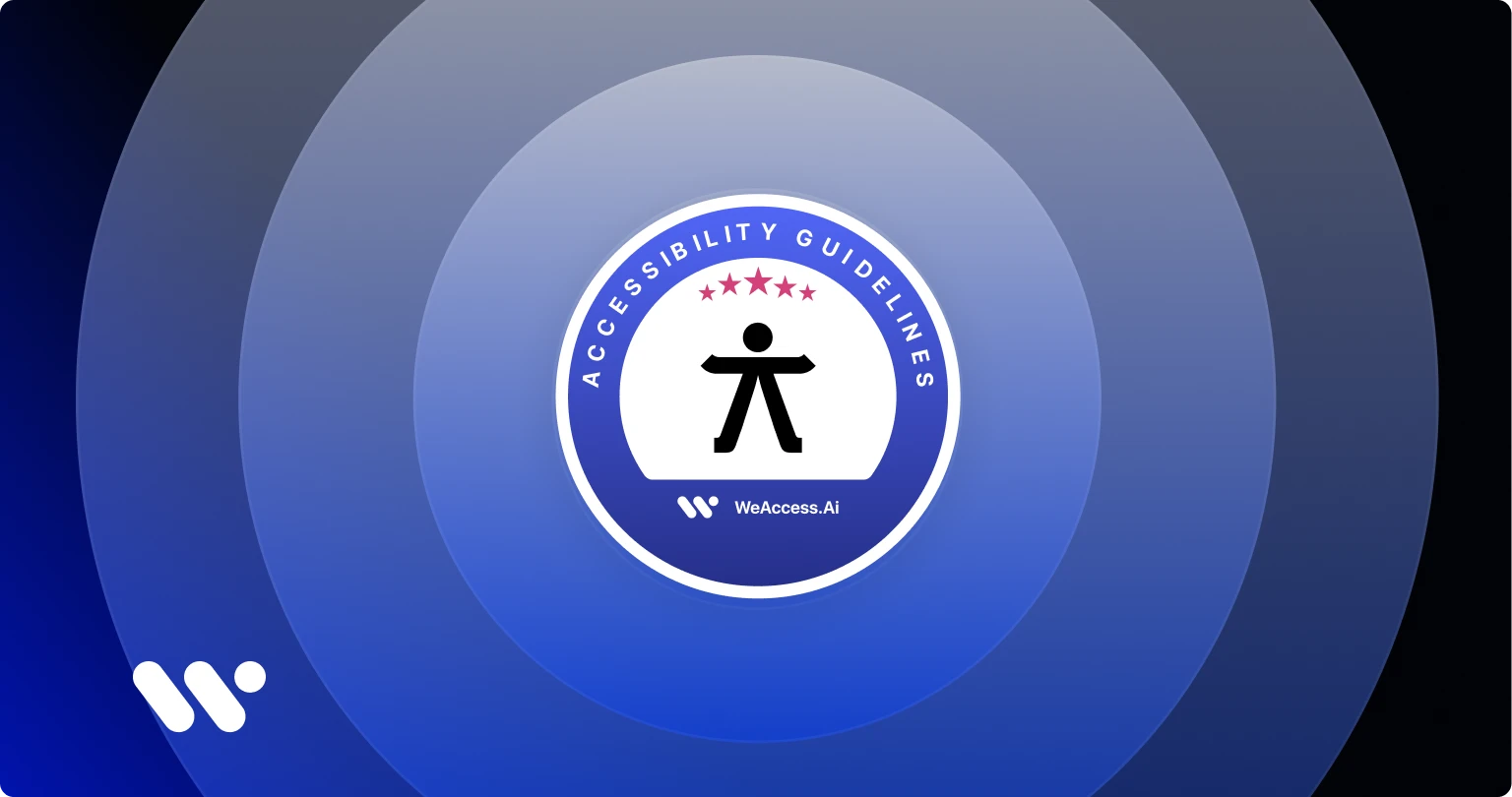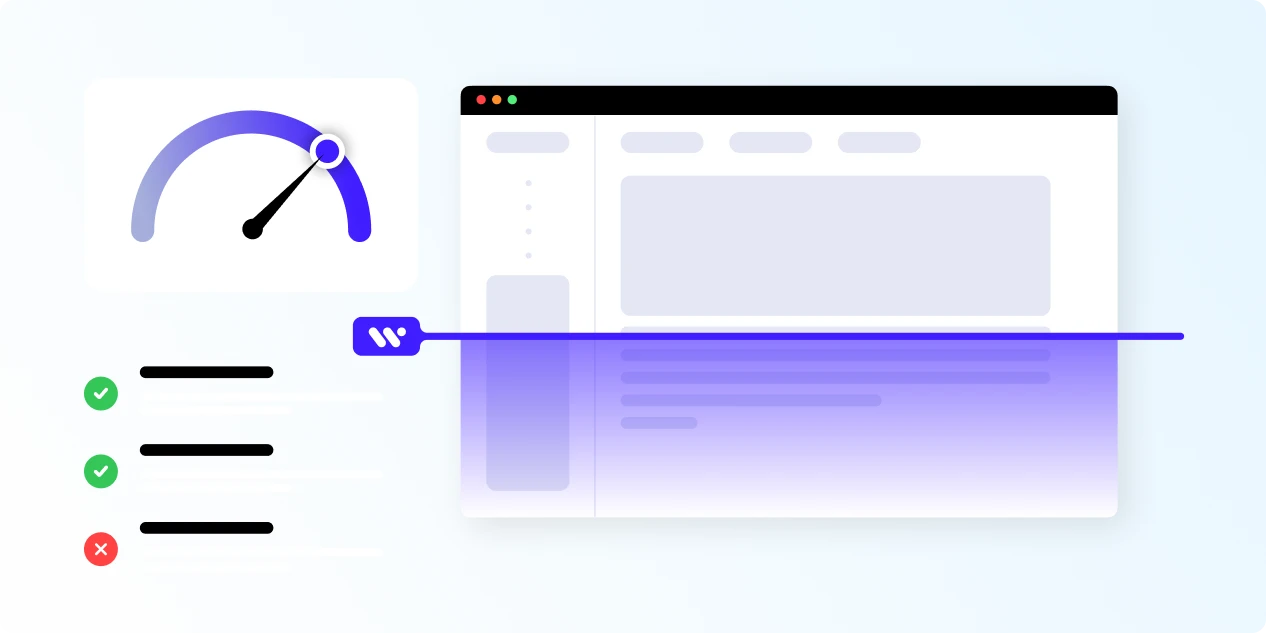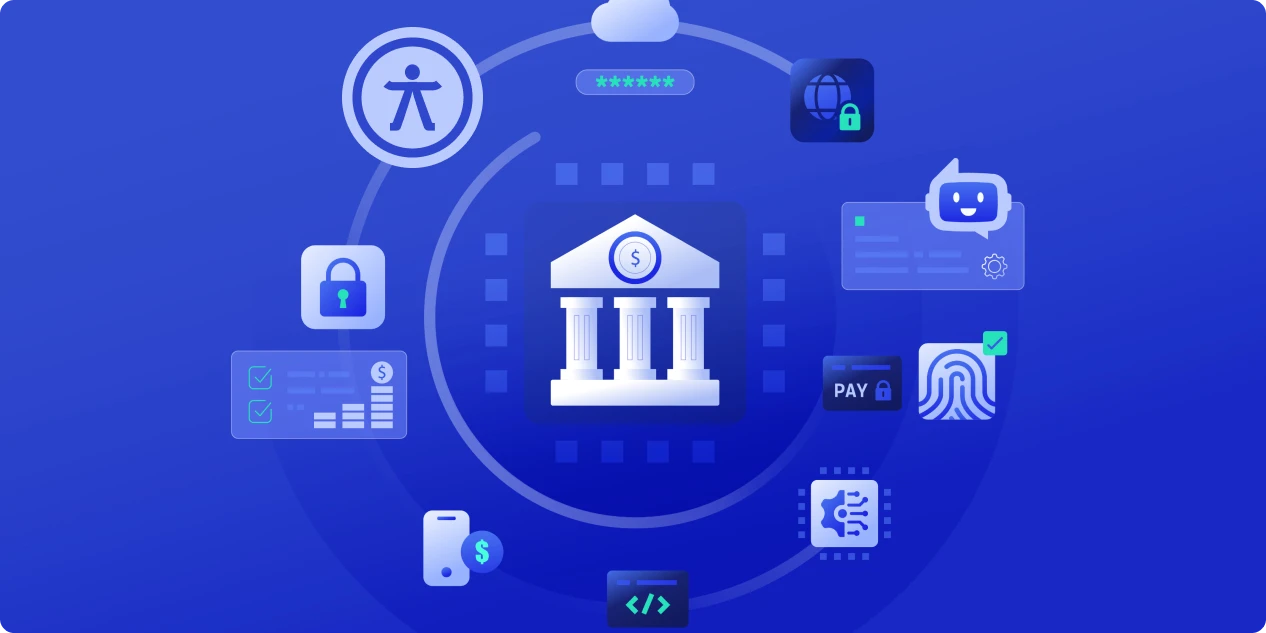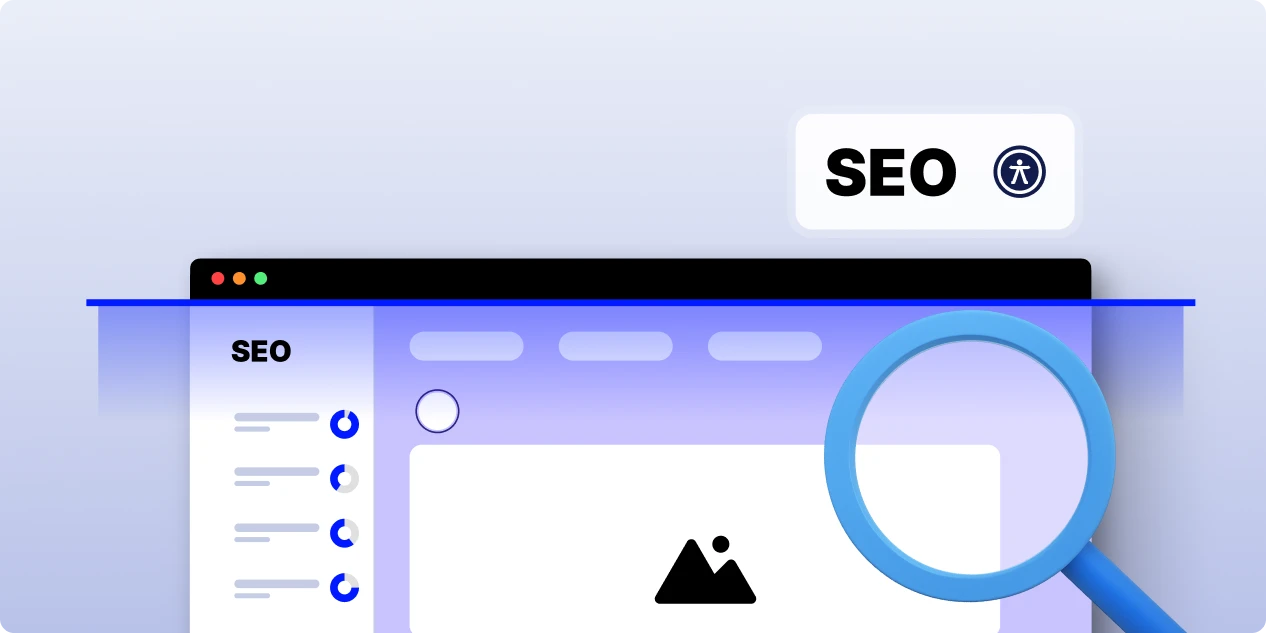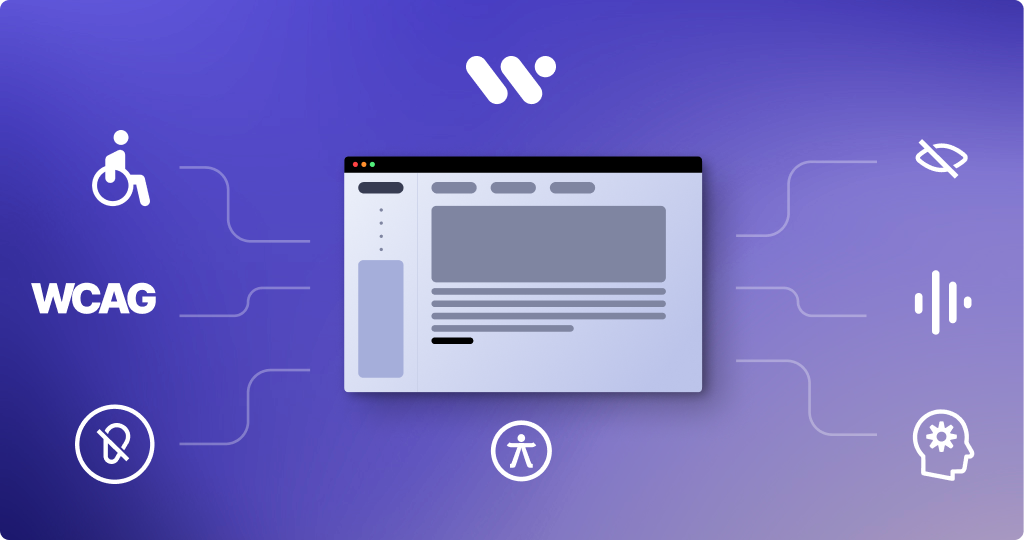A New Era in Digital Accessibility in Turkiye with the Presidential Circular: Web and Mobile Applications
The Presidential Circular was prepared to ensure that websites and mobile applications comply with accessibility standards. Based on the WCAG 2.2 standard, this decree aims to make the digital content of public institutions and the private sector accessible to everyone, especially people with disabilities.
General Definition and Scope
Accessibility of Websites and Mobile Applications
The accessibility of websites and mobile applications forms the cornerstone of digital inclusion and digital transformation goals in the digital world. The accessibility of websites and mobile applications should provide equal opportunities for all users, especially individuals with disabilities, in terms of digital access and the use of digital services by elderly individuals.
In this context, web content accessibility guidelines play a critical role in ensuring equal access to digital services. Accessible digital content not only ensures technical compliance but also enhances user experience and accessibility, creating an inclusive digital environment from a social and user experience perspective.In this way, compliance with web standards is achieved across all digital platforms, ensuring sustainable digital access.
Legal Regulations and Official Documents
Laws and Circulars
The Presidential Circular, which introduces important regulations in the field of accessibility, was published in the Official Gazette dated June 21, 2025, and numbered 32933, and entered into force. This circular ensures digital access for individuals with disabilities in accordance with Law No. 5378 on Persons with Disabilities. Additionally, the accessibility of e-commerce platforms has been made mandatory under Law No. 6563 on the Regulation of Electronic Commerce. Therefore, laws and circulars establish the principles of inclusive and equal access in the digital environment on a legal foundation.
Scope of Regulations
The regulations have been broadened to cover both public institutions and private sector organizations. In particular, service providers in the field of digital commerce, such as e-commerce platforms, are now required to comply with accessibility standards. This scope is critical in ensuring inclusivity in the digital world and protecting the equal access rights of all users.
Relevant Institutions and Commissions
Ministries and Institutions
The Ministry of Family and Social Services, along with other social services ministries, is responsible for developing and implementing accessibility policies. Additionally, the Ministries of Transportation and Infra structure play an active role in ensuring digital infrastructure and accessibility standards. Public institutions and organizations, as well as public economic enterprises, are also required to comply with accessibility rules under the directive. In this context, services in the field of electronic communications, in particular, are carefully monitored in terms of accessibility.
Commissions
The Accessibility Monitoring Commission regularly inspects the compliance of digital services and websites with accessibility standards, while the Mobile Application Accessibility Monitoring Commission monitors accessibility criteria on mobile platforms. In addition, the Mobile Application Accessibility Advisory Commission provides policy development and guidance, while the Mobile Application Accessibility Review Commission conducts technical reviews of applications. These commissions play a critical role in the effective and comprehensive implementation of accessibility standards.
Accessibility Standards, Levels, and Technical Evaluation
Standards and Levels
The WCAG 2.2 standard is the current, internationally recognized guideline for ensuring the accessibility of digital content. Under this standard, the Level A checklist defines basic accessibility criteria, and all websites must comply with at least this level.
The Level A accessibility checklist enhances the usability of web content for users with visual, hearing, and motor skill limitations. Thus, by making web content compliant with standards through Level A, inclusivity and equal access are ensured in digital services.
Technical Review and Evaluation Processes
It is mandatory to technically review accessibility to ensure that websites and mobile applications comply with standards. In particular, technically reviewing the accessibility of mobile applications and technically reviewing the accessibility of applications ensures that digital content is accessible to everyone.
Digital accessibility audits conducted within this scope provide compliance determination and improvement recommendations through technical evaluation processes. Hence, accessibility quality on digital platforms is continuously monitored and improved.
Accessibility Logo and Terms of Use
The Accessibility Logo is an official mark indicating that digital platforms comply with accessibility standards. Sites that have completed the process and been certified as accessible can use this logo for 2 years with the right to use the accessibility logo. This way, websites and mobile applications with ensured accessibility provide users with confidence while enhancing transparency in digital services.When the logo usage period expires, the evaluation process is repeated.
Compliance Processes and Timeline
Public institutions are required to comply within one year, while the private sector has two years to comply. Additionally, websites and mobile applications must fully comply with accessibility standards within two years. This process is regularly monitored and reported on by commissions established to monitor the accessibility of mobile applications.
Scope of Services and Areas of Application
While public institutions are included in the scope of digital compliance, private sector service providers, and especially e-commerce platforms, are subject to accessibility obligations. Additionally, private hospitals, municipalities, and municipal-owned companies, businesses, and affiliated professional organizations are also covered by these regulations.
Private organizations providing services, Group A agencies with operating licenses, and Group A agencies with operating licenses from the Ministry of Tourism are also required to meet accessibility standards. This ensures a wide range of digital accessibility.
Social and Societal Dimensions
By ensuring equality in digital access, the full participa tion of all segments of society in social life is supported. Within the general framework of services for persons with disabilities and the elderly, digital accessibility is among their fundamental rights, and regulations in this area aim to achieve digital access equality for persons with disabilities and the elderly. This also contributes to the creation of an inclusive society by concretizing social responsibility in the digital world.
Why should I use WeAccess.Ai for digital accessibility?
WeAccess.ai is an innovative solution that quickly and effectively identifies and resolves accessibility issues on your mobile and web platforms. Thanks to its user-friendly interface and advanced artificial intelligence technology, it improves digital content access for people with disabilities and helps your websites and mobile applications comply with accessibility standards. Thus, with WeAccess.ai, your digital platforms become more inclusive, user-friendly, and fully compliant with legal requirements.
Frequently Asked Questions (FAQ)
1. What is a mobile app accessibility checklist?
It is a guide containing technical and user-focused criteria prepared to ensure the accessibility of mobile apps. This list aims to make apps suitable for all users.
2. What is the purpose of a web content accessibility guideline?
The web content accessibility guidelines establish the standards and practices that must be followed to ensure that digital content is accessible to everyone, including people with disabilities and the elderly.
3. Which ministries manage accessibility services?
These services are administered under the Ministry of Family and Social Services and the Ministry of Social Services, ensuring the monitoring and oversight of accessibility processes.
4. Why is it important to make web and mobile content accessible?
It is necessary to ensure equality in information and communication, facilitate access to digital services for everyone, and increase social participation.
5. How is accessibility ensured in the field of information and communication?
Websites and mobile applications are designed in accordance with accessibility checklists and web content accessibility guidelines, enabling all individuals to access information and communication services.
Presidential Decree for Websites and Mobile Applications

